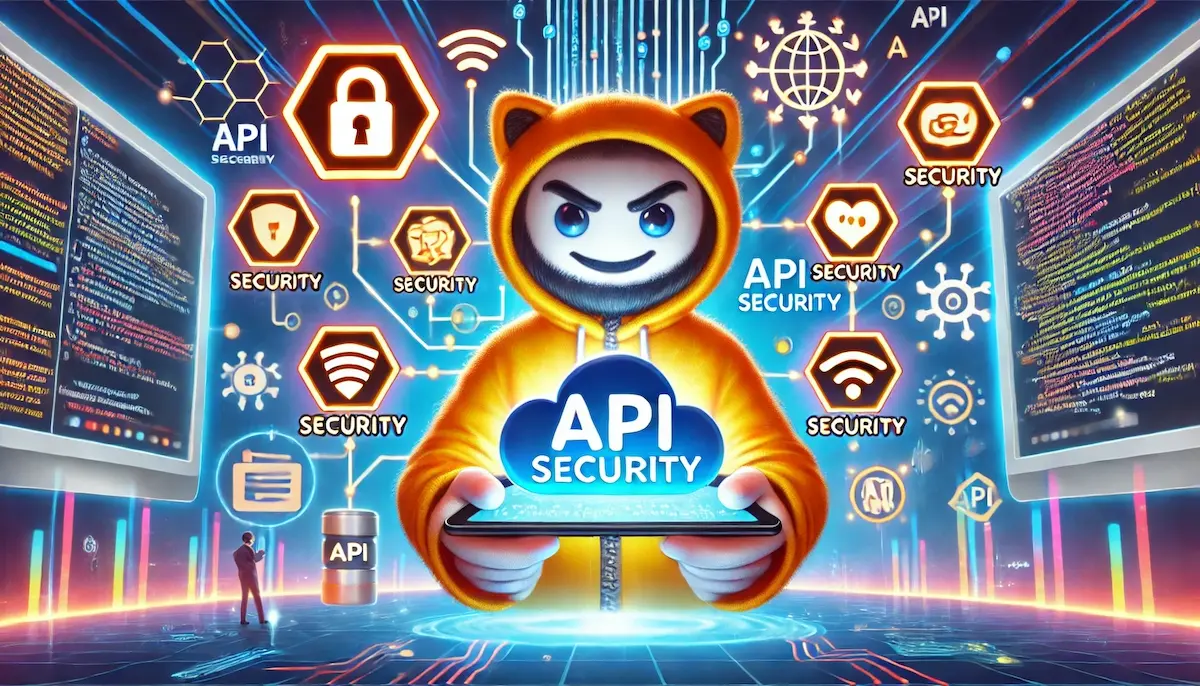In today’s interconnected digital world, Application Programming Interfaces (APIs) have become the backbone of modern software, enabling applications to communicate, share data, and extend functionality. However, as APIs become more widespread, they also become prime targets for cyberattacks. API security is essential for protecting the data and functionality that APIs expose, ensuring that only authorized users and systems can access them.
What is API Security?
API security refers to the practice of protecting APIs from unauthorized access, misuse, and attacks. This involves implementing a combination of technologies, policies, and best practices designed to safeguard the API itself, as well as the data and services it provides. Given that APIs often handle sensitive data, such as personal information, financial transactions, and proprietary business logic, securing them is crucial to maintaining the integrity and trustworthiness of an application.
Why is API Security Important?
APIs are the gateways to data and services, making them a high-value target for attackers. Poorly secured APIs can lead to data breaches, unauthorized access to sensitive information, and compromised systems. With the rise of microservices, mobile applications, and cloud computing, the number of APIs in use has exploded, increasing the potential attack surface. Therefore, robust API security is vital for:
- Protecting Sensitive Data: Ensuring that only authorized users can access personal, financial, or proprietary information.
- Maintaining System Integrity: Preventing attackers from exploiting APIs to manipulate, delete, or corrupt data.
- Ensuring Compliance: Meeting regulatory requirements, such as GDPR, HIPAA, and PCI DSS, which mandate the protection of data.
- Building Trust: Demonstrating a commitment to security and privacy, which is critical for user confidence.
Key API Security Threats
Several common threats target APIs, making it essential to understand and mitigate these risks:
1. Injection Attacks
Injection attacks, such as SQL injection or command injection, occur when malicious data is sent to an API, causing it to execute unintended commands or queries. This can lead to data breaches or system compromise.
2. Broken Authentication
If API authentication mechanisms are weak or improperly implemented, attackers can gain unauthorized access to the API, posing as legitimate users or systems.
3. Sensitive Data Exposure
APIs that do not properly secure data transmission or storage can expose sensitive information, such as credit card numbers or personal data, to unauthorized parties.
4. Rate Limiting and Denial of Service (DoS)
APIs are vulnerable to abuse if they do not enforce rate limiting, allowing attackers to overwhelm the API with requests and potentially cause a denial of service.
5. Man-in-the-Middle (MITM) Attacks
If API communications are not encrypted, attackers can intercept and alter the data being transmitted, leading to data breaches or compromised integrity.
6. Broken Access Control
Poor access control implementation can allow attackers to access functions or data they should not have access to, leading to privilege escalation and data breaches.
Best Practices for API Security
To effectively secure APIs, organizations should follow a set of best practices that address these and other security concerns:
1. Use Strong Authentication and Authorization
Implement robust authentication mechanisms, such as OAuth2, to ensure that only authorized users can access the API. Authorization should be enforced to control what each user or system can do once authenticated.
2. Encrypt Data in Transit
Use Transport Layer Security (TLS) to encrypt data transmitted between clients and the API, protecting it from eavesdropping and tampering.
3. Validate Input Data
All input data should be validated to prevent injection attacks. This includes checking for data types, formats, and ensuring that input matches expected values.
4. Implement Rate Limiting
Rate limiting controls the number of requests a client can make to the API within a given time period, helping to prevent abuse and denial of service attacks.
5. Monitor and Log API Activity
Continuous monitoring of API activity helps detect and respond to suspicious behavior. Logs should be maintained to trace actions in case of an incident.
6. Use API Gateways
API gateways provide a centralized point for enforcing security policies, such as authentication, rate limiting, and access control, making it easier to manage and secure APIs.
7. Regular Security Testing
Perform regular security testing, including penetration testing and vulnerability scanning, to identify and address potential security flaws in the API.
Challenges in API Security
Despite the best practices, securing APIs can be challenging:
- Complexity: APIs can be complex, with numerous endpoints and parameters, making it difficult to secure every aspect thoroughly.
- Evolving Threats: The threat landscape is constantly changing, requiring ongoing updates to security measures.
- Integration Issues: Securing APIs while ensuring seamless integration with other systems and services can be difficult.
Conclusion
API security is a critical aspect of modern software development, protecting the gateways through which data and services are accessed. By following best practices, staying vigilant against emerging threats, and ensuring robust security measures are in place, organizations can safeguard their APIs and the valuable data they handle.
Blockfine thanks you for reading and hopes you found this article helpful.
